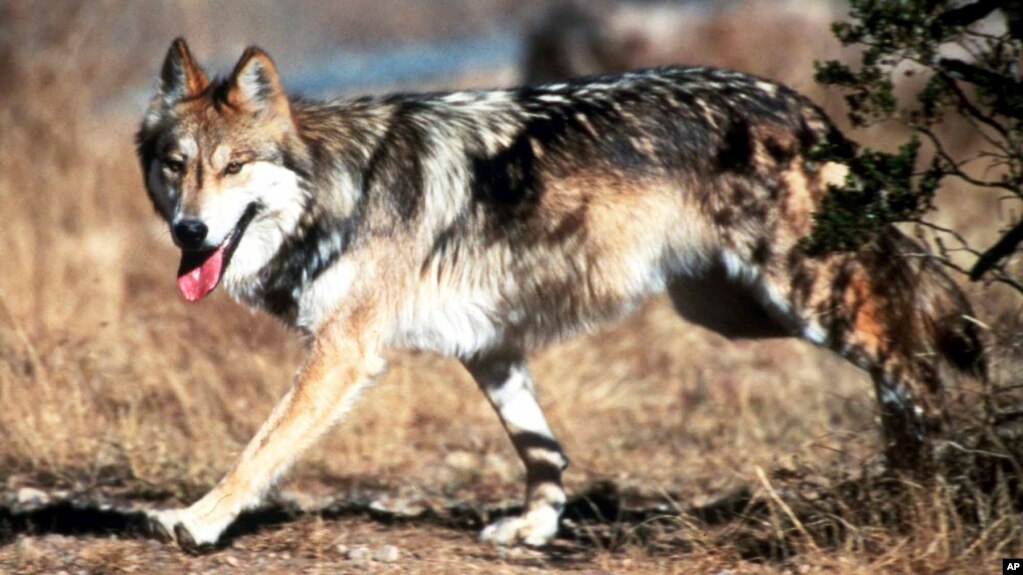- Sep 14, 2011
- 63,945
- 9,969
- 2,040
The Effect Wolves Have On The World Is Mind Blowing. It Shows How Little Humans Know Of Nature's Balance
Video at the link.
It's incredible how sensitive the balance of life is. When wolves were reintroduced to Yellowstone National Park in the United States after being absent nearly 70 years, the most remarkable "trophic cascade" occurred.
Read more at The Effect Wolves Have On The World Is Mind Blowing. It Shows How Little Humans Know Of Nature's Balance
Video at the link.



